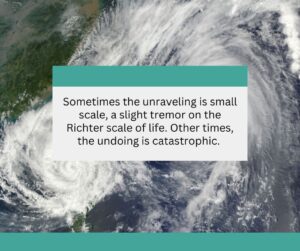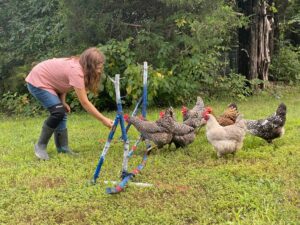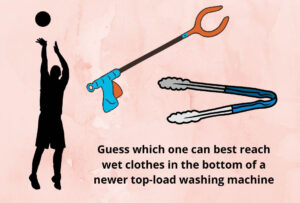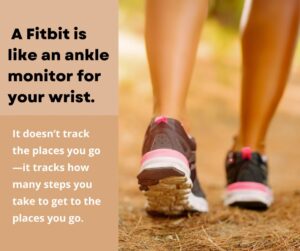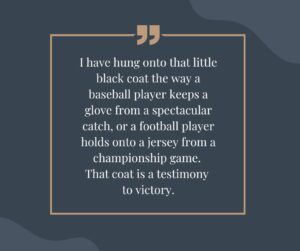I am completely certain that I said, “Do not get in the water. There are no dry clothes in the car. You did not wear clothes for wading.”
I turn my back for maybe 10 seconds, then look around and there they are—in the water.
It’s my fault really. I should never have said, “Do not get in the water.” It was like telling fish not to swim and birds not to fly.
This may be one of the best days of fall. Sunlight dances on ripples of water. Trees on the riverbank arch in a fashion that clearly says, “Y’all come.” Naturally, you get in the water. You can deal with the grandma later.
Besides, the grandpa is in the water, too, so there’s that – the old man on your side.
I stand alone, the practical one, the one with a first aid kit, anti-bacterial hand gel and sunscreen in the car, the one focused on the “after.” After they get out of the water. After the pant legs they “rolled up” are soaked. After their feet are caked with mud and not one of them will be able to worm wet feet back into their shoes and socks.
After that will come the protest — the protest claiming they don’t need their shoes for the hike back; they can go barefoot. I’ll protest their protest, and someone will turn the tables and say to me, “But why not?”
I’ll be playing defense, explaining why you don’t hike uphill, over tree roots and rocks in bare feet.
But all that will come later, because right now there are more pressing matters, like what to do with all the teeny, tiny shells a little one has collected from the slope of the bank.
She has dozens of them in her small cupped-hand. What to do with these tiny treasures? Put them in one of your socks, of course! Then she has another idea—a far better idea—put them in one of Grandpa’s socks!
He’s already ahead of her, loading tiny treasures into one of his socks.
Oops! He dropped one. He picks one up. No, that’s not the one, she says. The one he dropped was a darker gray. Yeah, better make sure it’s the right dark gray shell among the billions of dark gray shells sprawling in every direction.
Her older siblings are skipping rocks, probing the riverbed beneath crystal clear water with sticks, when one of the boys shouts that he spies something bobbing in the water. An old, half-rotten wooden duck decoy slowly drifts into reach.
Perfect. They position the decoy just so, in hopes of luring two beautiful mallards upstream.
Maybe we can stuff a live mallard in a sock, too. Or maybe the mallards will just naturally want to follow us back to the car.
The morning passes, the sun grows from warm to hot and it is time to go. I anticipate a conversation about whether the duck decoy will come or stay, but there isn’t one.
They position the decoy in a current and watch the water carry it away, confident it will be discovered by another band of explorers.



